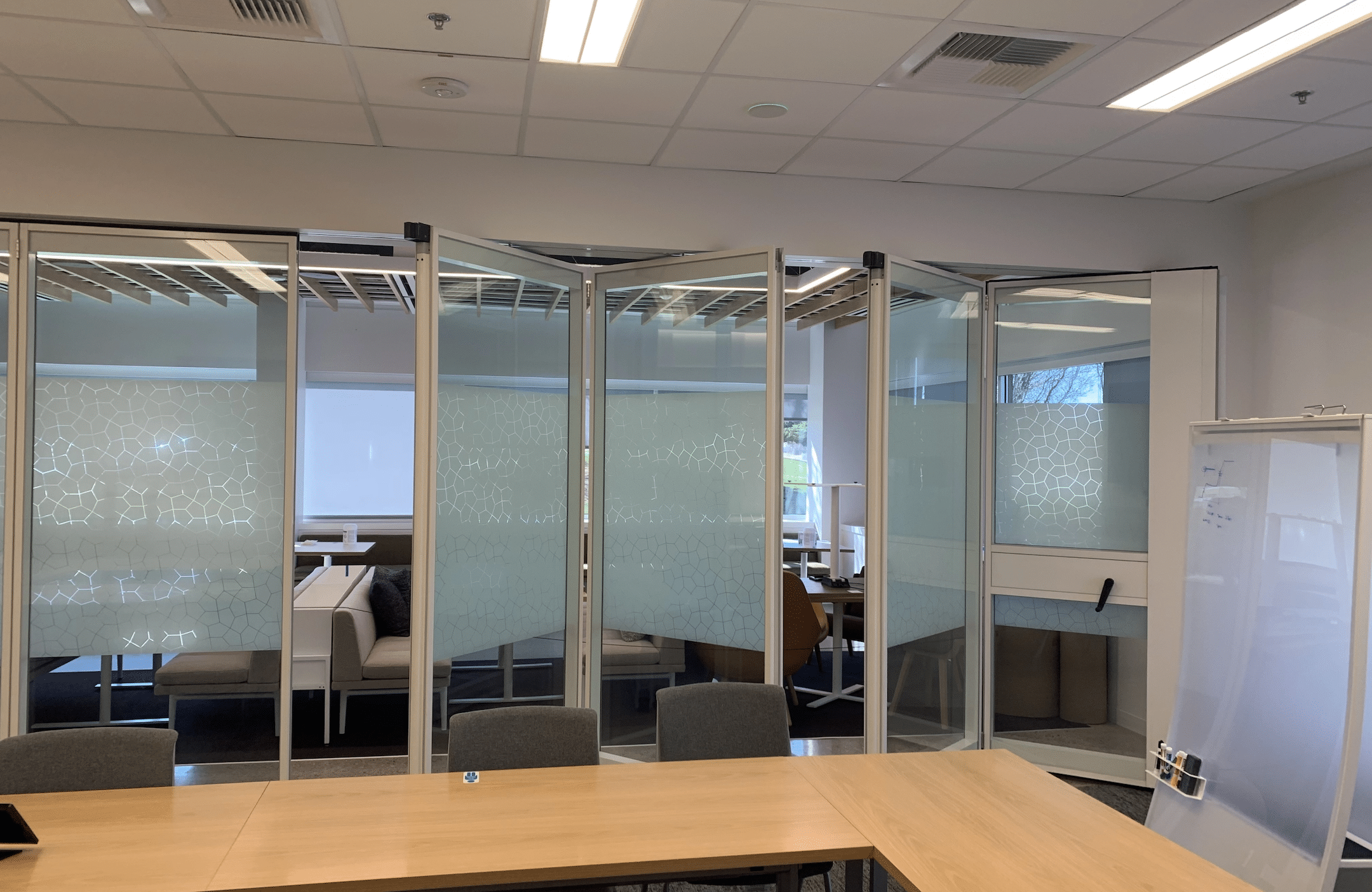Understanding & Navigating Long Lead Times in Construction
Although many industries have begun to stabilize in the waning months of the Covid-19 pandemic, many continue to experience lingering issues between both the higher costs and the supply and demand of building materials – the construction industry in particular. Even if construction materials are available, lead times in the US market continue to experience delays of 2 or 3 times the pre-pandemic timetables. For those in the early stages of planning construction projects, an understanding of the causes and effects of longer lead times can ensure more accurate expectations and greater success.
How Have Lead Times Been Impacted?
When a project is approved and planning begins, it can take several months to determine all elements of the build. Lead time is made up of the weeks or months required to achieve the procurement and delivery of material to the construction jobsite after it has been ordered. These times can vary drastically based on regional location, availability of materials, and supply chains. The lasting effects of the pandemic (quarantines, increased demand, etc.) have led to longer lead times that must be factored into an effective timeline.
In addition to increased costs of building materials, the time it takes to get them delivered has increased exponentially in the last 5 years. The length of the time delay depends upon the type of material requested. Experts estimate that lead times for general materials have increased 25-40% with the longest delays in customized, specialized, or complex items. The general rule of longer lead times is that the more complex an item is to manufacture, the longer it can take to procure. This of course directly impacts the specialty building products we provide here at Alder’s.
| Material | Pre-Pandemic Lead Time | Current Lead Time |
|---|---|---|
| Steel Joists | 3-5 months | 9-12 months |
| Electric Switchgear | 3-6 months | 10-14 months |
| Roofing Membrane | 3-6 months | 9-12 months |
| Roof Insulation | 3-6 months | 9-12 months |
| Precast Concrete | 6-10 weeks | 14-18 weeks |
| Loading Dock Equipment | 10-12 weeks | 16-20 weeks |
| Overhead Doors | 10-12 weeks | 16-20 weeks |
| Hollow Metal Door Frames | 4-8 weeks | 10-12 weeks |
| Wood Doors | 6-10 weeks | 12-14 weeks |
| Casework/Millwork | 6-9 weeks | 12-16 weeks |
*Lead times may vary based on regional location and changing parameters.
Source: https://www.dbsg.com/blog/material-lead-times-and-cost-increases-impact-commercial-construction/
What Does This Mean For My Project?
It’s important to remember that longer lead times and supply chain disruptions have impacted construction for all industries: education, healthcare, data centers, hospitality, government buildings, and more. Projects for these sectors all require similar components that must be on-site for construction to begin. Aside from getting an earlier start on placing orders, there are strategies for dealing with unprecedented demand and longer lead times.
- Set your project up for success by working with experts who have experience in predicting lead times and suggesting materials and components that may be expedited.
- Grant everyone on your team early involvement in the process with designers to get accurate specifications and details in the bid drawings.
- Provide accurate detail in regard to models, options, and sizes when requesting a quote to avoid slowing down the process with adjustments and necessitating re-quotes.
Your Partner for Navigating Lead Times
As lead times have fluctuated, Alder’s has proactively changed our order process to prevent lags. “We release material orders to factories as early as possible to get the materials sooner which helps mitigate some of the delays,” says Eric Holstine, of Alder’s Architectural Sales. “We have made it our concern to deal with delays so our customers aren’t burdened with the details of project management or factoring in lead times. It’s all about communication.”
Instead of making it a client’s job to develop an intimate understanding of changing supply issues and evolving lead times, Alder’s experts work hard to communicate these potential issues and manage them as part of the revised process to communicate a realistic completion date.
“We’ve figured out ways to meet the needs of our customers year-over-year,” says Ryan Reese, Sales Specialist. “Communication happens earlier and more often so everyone stays on the same page in regards to project schedule. We don’t want customers to worry about lead times or supply chain issues, they just need to be aware. It’s Alder’s responsibility to manage the best we can.”



